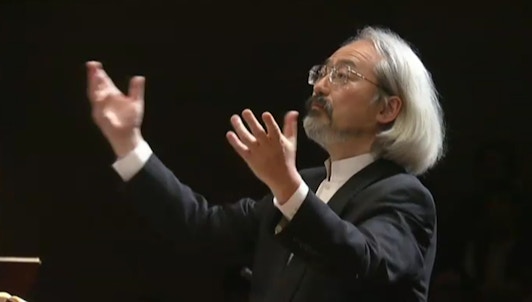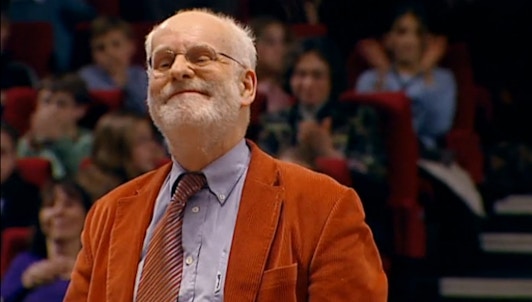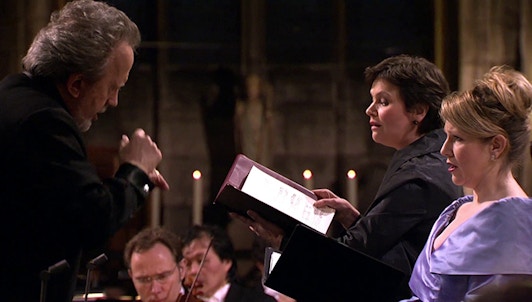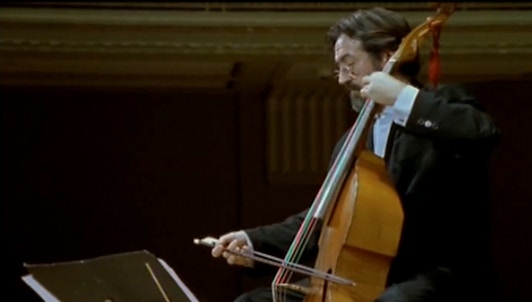In Cadiz, where the piece was premiered, Jordi Savall offers a majestic vision of the Haydn's masterpiece.
Joseph Haydn's Seven Last Words of Christ, a masterpiece of Western art in the same way as the Issenheim Altarpiece, was commissioned by the Canon of Cadiz so the piece could be performed on Good Friday in the church of Cadiz. It was commissioned in 1787, and was immediately acknowledged as a Major contribution of incomparable intensity and fervour.
Leer más
Orquesta Filarmónica de Berlín - Homenaje a Her...


Chamber Orchestra of Europe, Coro Gulbenkian

Las claves de la orquesta de Jean-François Zygel

Conjunto orquestal de París, con Ruth Ziesak, J...
